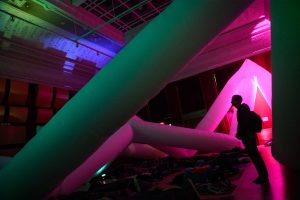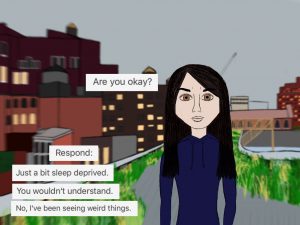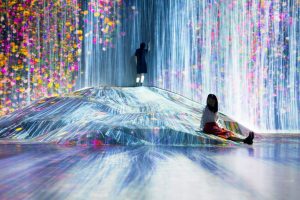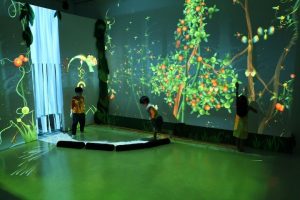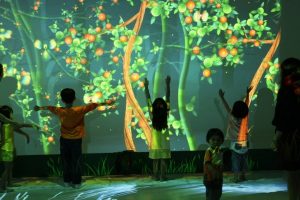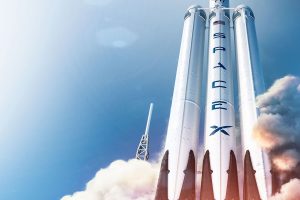
Lunar Surface is a collaboration between photographer Eunyoung Kim and artists Elliot Woods and Mimi Son. They have created multiple projects already in the past by combining code, form, material, concept, and mechanism. This particular project was created and put on display for two years (2014-15). The artists worked inside the Bucheon city Incinerator, which is a processing plant that was decommissioned back in 2010.
This project is brought to life by blowing 50 tonnes of air onto a 20 meter flag of silk, representing the fabric of a flag. The fabric is tracked by a 3D camera and a digital light is projected onto the fabric based on its constantly evolving shape. This project in particular inspires me because I have always wondered what it would be like to be out in space and thus started looking for interactive exhibits. This exhibit provides a unique, but essential experience to guests by having them observe the moon up close. As the studio says, it makes your question reality versus virtuality. Although I can no longer visit this exhibit, I feel that I can still explore the exhibit through videos such as the one below.
![[OLD FALL 2018] 15-104 • Introduction to Computing for Creative Practice](../../../../wp-content/uploads/2020/08/stop-banner.png)
